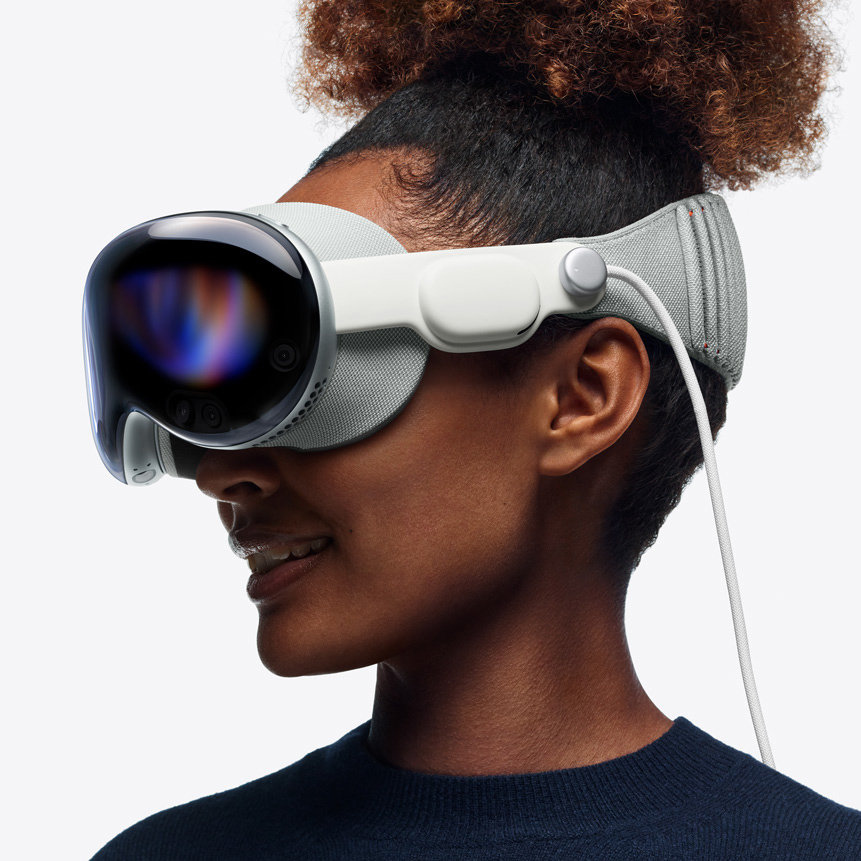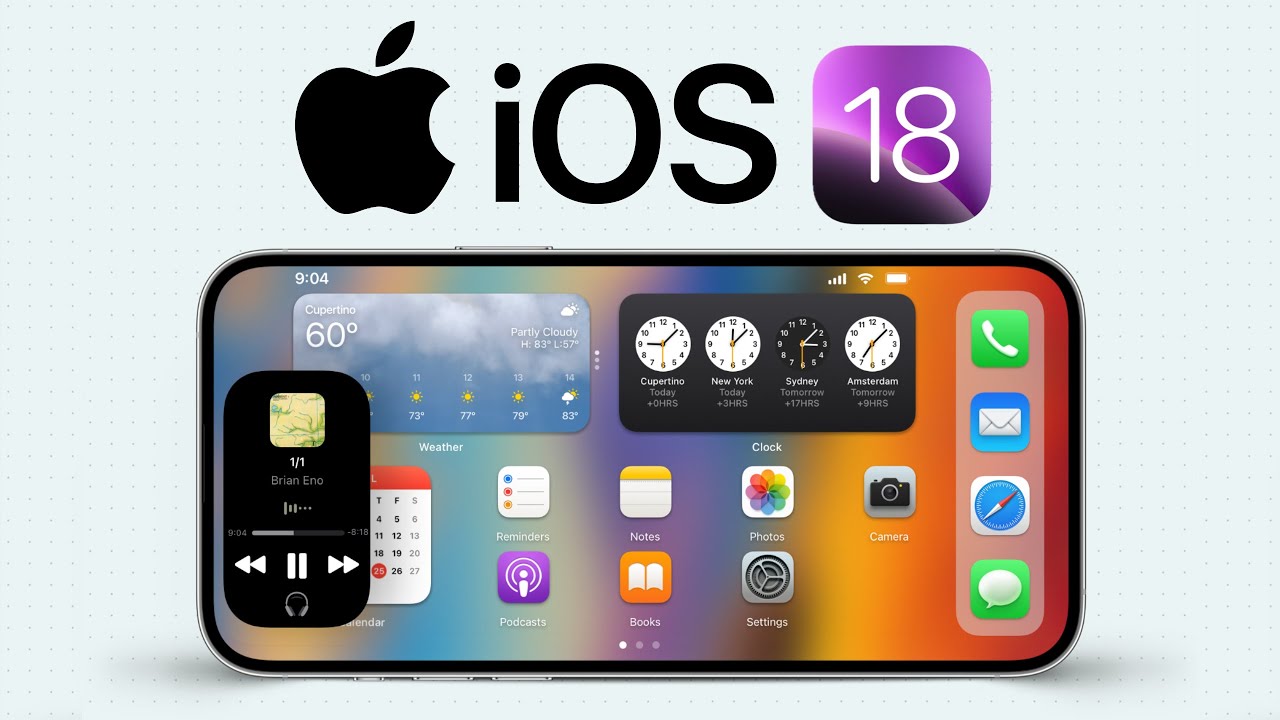· Morgan Richards · Tech News · 3 min read
Immersion or isolation? The trouble with VR
Apple's Vision Pro headset faltered in 2024. Was the high price or isolation from reality the bigger culprit? We explore the limits of VR adoption.

Immersion or isolation? The trouble with VR
In October, Apple announced it was cutting back production of its USD$3500 virtual reality headset, the Vision Pro. After a year of sluggish sales and low consumer interest, critics pointed to the high price, limited app ecosystem, and physical discomfort as reasons it didn’t catch on.
But I think the Vision Pro failed for another reason: there’s a limit to how much digital saturation and isolation we as humans can take.
Virtual reality (VR) demands total commitment. You need a quiet room, a comfy chair, and no interruptions. It’s an incredibly immersive experience, but the trade-off is complete detachment from your surroundings. Unlike smartphones, tablets, and laptops, whose screens leave your peripheral vision intact, VR headsets block out the real world entirely. It’s not just antisocial; it’s anti-reality — total escape.
A few months ago, my wife and I had a half-hour Vision Pro demo session at the Apple Store in Rundle Mall. We each had an Apple guy (I believe you’re meant to call them “geniuses,” but I think that’s excessive) to guide us through the onboarding. I picked up the gestures and controls fairly quickly and found them intuitive. And I was very impressed by the technology itself, like Spatial Audio, which sounds like a well-tuned hi-fi system but you can still hear the person next to you, or Immersive Video, which lets you watch movies or shows in a virtual cinema (or a luxurious penthouse, or an alien desert, or wherever else you want).
At various points throughout the demo, I had to adjust the headset, which despite the expensive padded strap, was heavy and uncomfortable. Whenever this happened, I looked over to the other couch in the demo area, where my wife sat with her own chunky headset on, and the other Apple guy talking her through the experience, iPad in hand. We were just a few metres apart, but they seemed like a world away.
I asked the Apple guy next to me if two headsets could link up, so that my wife and I could watch a movie together. It would be nice to sit together in a virtual cinema, eating real popcorn, holding hands, whispering, and laughing to each other. We could watch whatever cult classic we wanted to. No loud laughers or kids throwing Maltesers at the screen, either.
Unfortunately no, said the Apple guy, that’s not a planned feature at the moment.
After the demo, I reconvened with my wife. She’d found the controls difficult, and the immersion effects dizzying. I had liked the Vision Pro, she hadn’t.
But even if we both enjoyed it — and we’d had a spare $12,000 to burn — what would be the point? We’d be slouched on the couch at home, each in a pair of awkward moon goggles, locked into our own private virtual worlds.
No thanks. Call me old fashioned, but we’ll stick with the local cinema for now.



